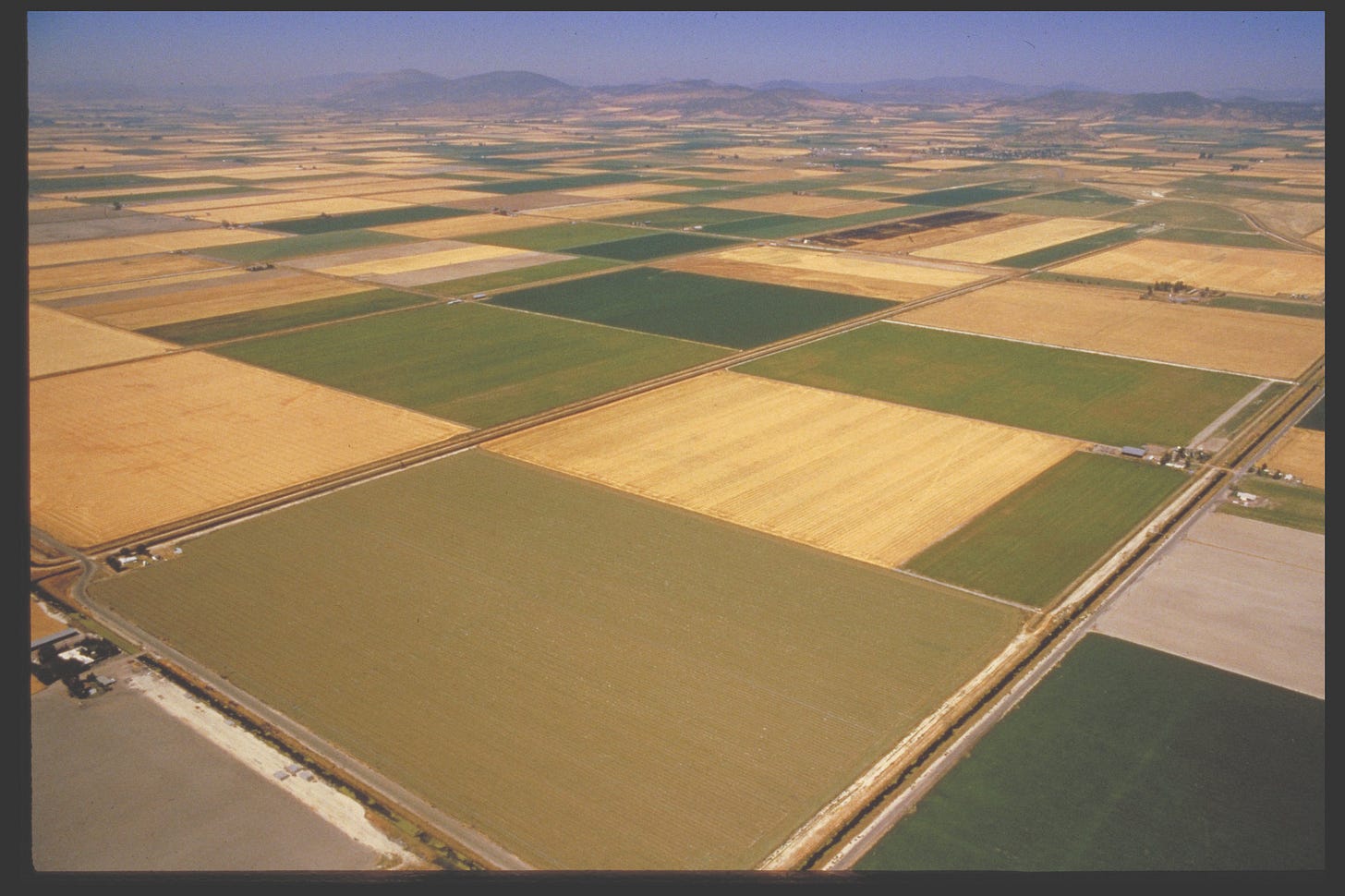The often surprising geography of race
Rarely is it appreciated that some of the state’s most racially diverse communities are in rural Oregon.
John Horvick is the Political Director for DHM Research.
A big part of my job as a public opinion researcher in Oregon is to study the demographics of the people who live here. In my time with The Oregon Way, I’ve tried to share important demographic numbers and trends relating to age, education and political party affiliation, each of which significantly impacts our state’s policy and politics.
Perhaps the demographic question that I get ask most about now is race. There is a growing desire among Oregonians to better understand the history of race in the state and how race continues to shape our lives and communities. And when I give presentations to groups about Oregon’s demographics no statistic is more surprising than the geography of race. Because while it is well known that there are more people of color who live in the Portland metro area than other places, rarely is it appreciated that some of the state’s most racially diverse communities are in rural Oregon.
Before going further, a note about the numbers to follow. These data come from the annual American Community Survey conducted by the U.S. Census. This is the best source of demographic data in the years between the decennial censuses. The U.S. Census uses a two-part question for ethnicity and race. First, it asks if a person is of Hispanic, Latino or Spanish origin. Next, it asks the person’s race. Communities of color in this piece is defined as those who identify as being Hispanic ethnicity and/or some race other than white.
Greatest numbers
Forty-three percent of Oregonians live in the three-county Portland metro area. It is no surprise then that a large number of Oregonians of color also live in the metro area and nearby counties. Below are the five counties with the most people of color. These include all counties in the Portland metro area plus Marion and Lane counties.
Greatest percentages
While Oregon’s large population centers have the most people from communities of color, some of the state’s rural counties are the most racially diverse. The map below shows county percentages of people of color with the darker colors indicating higher percentages. You’ll immediately notice that the counties with the highest percentages of people of color are outside the Portland metro area. The six counties with the highest percentages are:
1. Morrow 41%
2. Jefferson 40%
3. Malheur 39%
4. Hood River 36%
5. Marion 35%
6. Umatilla 34%
In each of these counties, the Latino population is the largest non-white group, though in Jefferson County the share of Native American and Latino populations is similar (20% and 17% respectively).
Latinos represent 13% of Oregon’s population, which is larger than any other non-white group. Latinos are also a particularly young population. The median age for Latinos in Oregon is 26, which is 15 years younger than white Oregonians (41). See this post on Oregon’s age demographics for more.
Because of this, we can see the changing demographic profile of these rural communities in public school enrollment trends. The Urban Institute is a great source of this information. It maintains a database of public school racial trends for nearly every school in the United States with data that goes back to 1989. I encourage readers to check this out.
To illustrate this, consider two examples from the two Oregon counties with the highest percentage of people of color. The graphs below show the trends from Riverside Junior/Senior High School in Boardman (Morrow County) and Ontario High School in Malheur County.
In both these schools the share of the Latino population has increased significantly in the last three decades, while white student enrollment has declined. Also at both schools, the number of Latino students surpassed white students in the mid-2000s.
Closing statement
Oregon is becoming increasingly diverse in both our large cities and small towns. I encourage all of us to get to know more about the communities across the state. As we move forward together it is imperative that we seek to understand our complexity.
********************************************
Keep the conversation going:
Facebook (facebook.com/oregonway)
Twitter (@the_oregon_way)








